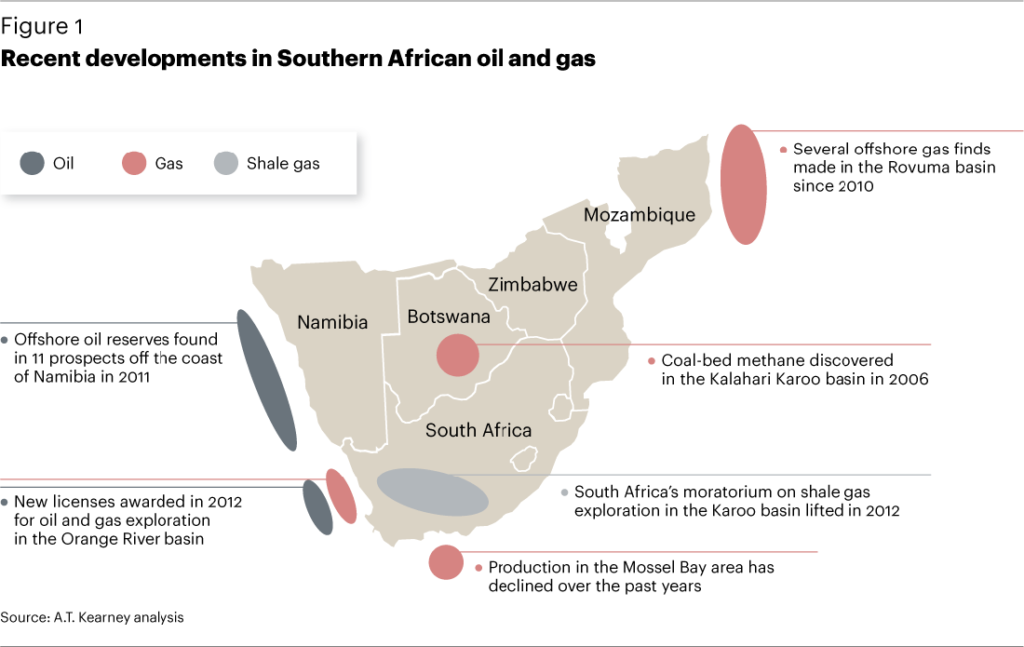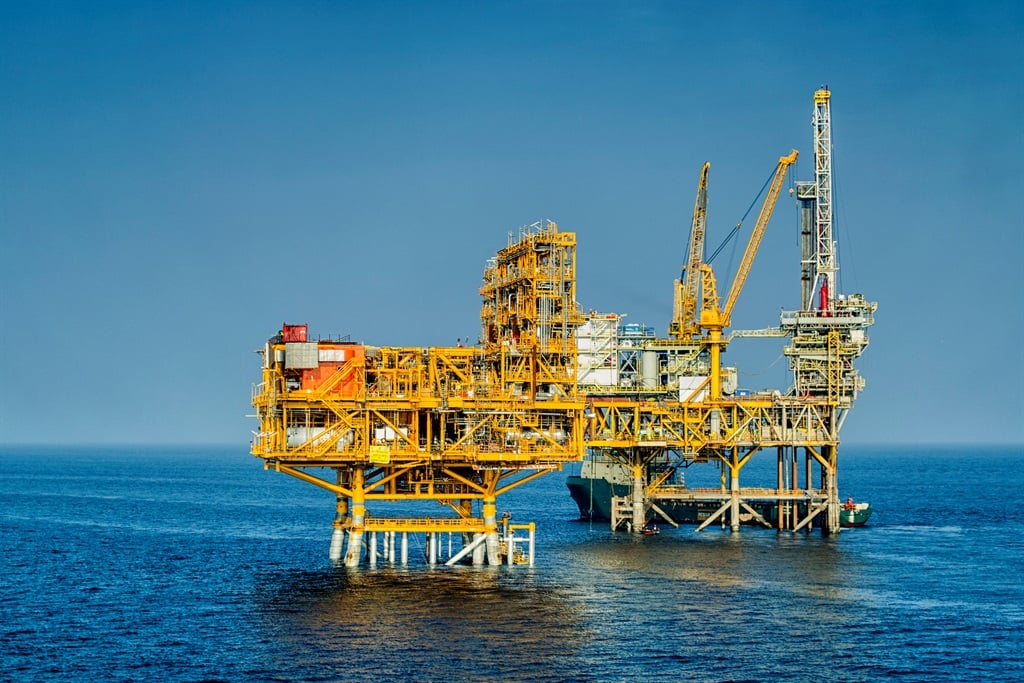“Massive” offshore oil and gas discoveries in Namibia over the past two years would be important for South Africa, the region and for the continent, and some of the oil reserves also extend into South African waters, Mineral Resources and Energy Minister Gwede Mantashe said on Wednesday.
Speaking at the Southern Africa Oil & Gas 2023 conference in Cape Town yesterday, he said messages of decarbonisation “become hollow” on a continent where more than 600 million people still had no access to electricity and the priority in these communities was to get access to energy.
“It must be appreciated that development and climate change must co-exist,” he said. Estimates were that southern Africa held the potential of 27 billion barrels of oil and 60 trillion cubic feet of gas.
He said the success of Guyana’s oil and gas sector following the first find there in 2015 saw the country report gross domestic product (GDP) growth of 62.3% last year, and it was also able to reduce electricity demand by 50%, and prices, by using gas.
Mantashe said the world’s largest oil and gas find in 15 years offshore of Namibia had enabled that country to set a target of doubling its GDP by 2040.
He said oil and gas development was being hindered in South Africa in particular by non-government organisations that took the projects to court already at seismic survey stage, NGOs that he said were often funded by overseas parties “with deep pockets” that aimed to stymie development in smaller emerging countries.
He said South Africa barely escaped recession in the first quarter, and GDP growth in the second quarter was also very low, but the country could reach 5.8% GDP if it was able to access its oil and gas deposits, and “that is why we have a responsibility to exploit those deposits and convert it into wealth in the country”.
He said a recent experiment to decommission Komati power station and convert it to solar proved a failure, as employment at the plant dropped dramatically as had the power output.
“Energy producers of SADC regions must be careful not to abandon what you have and what works in the view that something new is better. What we need is research why for instance Sweden changed its policies that aimed for 100% reliance on renewable energies and why Germany dismantled some of its wind farms and restarted some coal plants.”

Paul Eardley-Taylor of Standard Bank, in an overview of the SADC upstream oil and gas sector, said in Europe gas was increasingly being viewed as a “destination fuel” in the energy transition, where previously it was viewed as a “transition fuel” to other renewable energy sources.
He said such was the development of the gas industry at present, that some 160 million tons of liquid natural gas (LNG) was under construction, a figure that was expected to rise to about 200 million tons by the end of the year.
He said he anticipated that in time the northern parts of South Africa would increasingly make use of gas as an alternative energy that was supplied by Mozambique, while the southern part of South Africa was likely to benefit from gas from Namibia.
Petroleum Agency SA chairperson Satish Roopa said the decision by Saudi Arabia to cut oil production by 1.3 million barrels per day until the end of the year was having a direct impact on the Global South by increasing the cost of living in these countries exponentially, hitting the poorest communities the hardest.
“Emerging countries in the south were never consulted on this,” and the Covid-pandemic showed that developing countries were on their own when it came to crises, with for instance, South Africa paying much more than developed countries for Covid=19 vaccines.
He said Africa’s contributions to harmful global emissions was limited and yet its countries were suffering a disproportionate impact on their economies of the requirement for climate change.
Mineral Resources and Energy Deputy Minister Dr Nobuhle Nkabane said the rising international fuel price had resulted in higher food inflation and higher transport costs, and most South Africans already had to spend at least 20% of the monthly income on transport costs, leaving little extra funds for food.
Increased fuel prices were causing instability in developing countries, she said.
“We must not rush to simply export our indigenous gas resources to Europe at the expense of the local market,” she said.
She said she hoped that the gas from Namibia offshore fields would be sold in the sub-Saharan regions, as the use of indigenous energy resources could reduce global energy price and exchange rate shocks, and help to provide cleaner energy for the manufacturing sector.
Source: IOL






